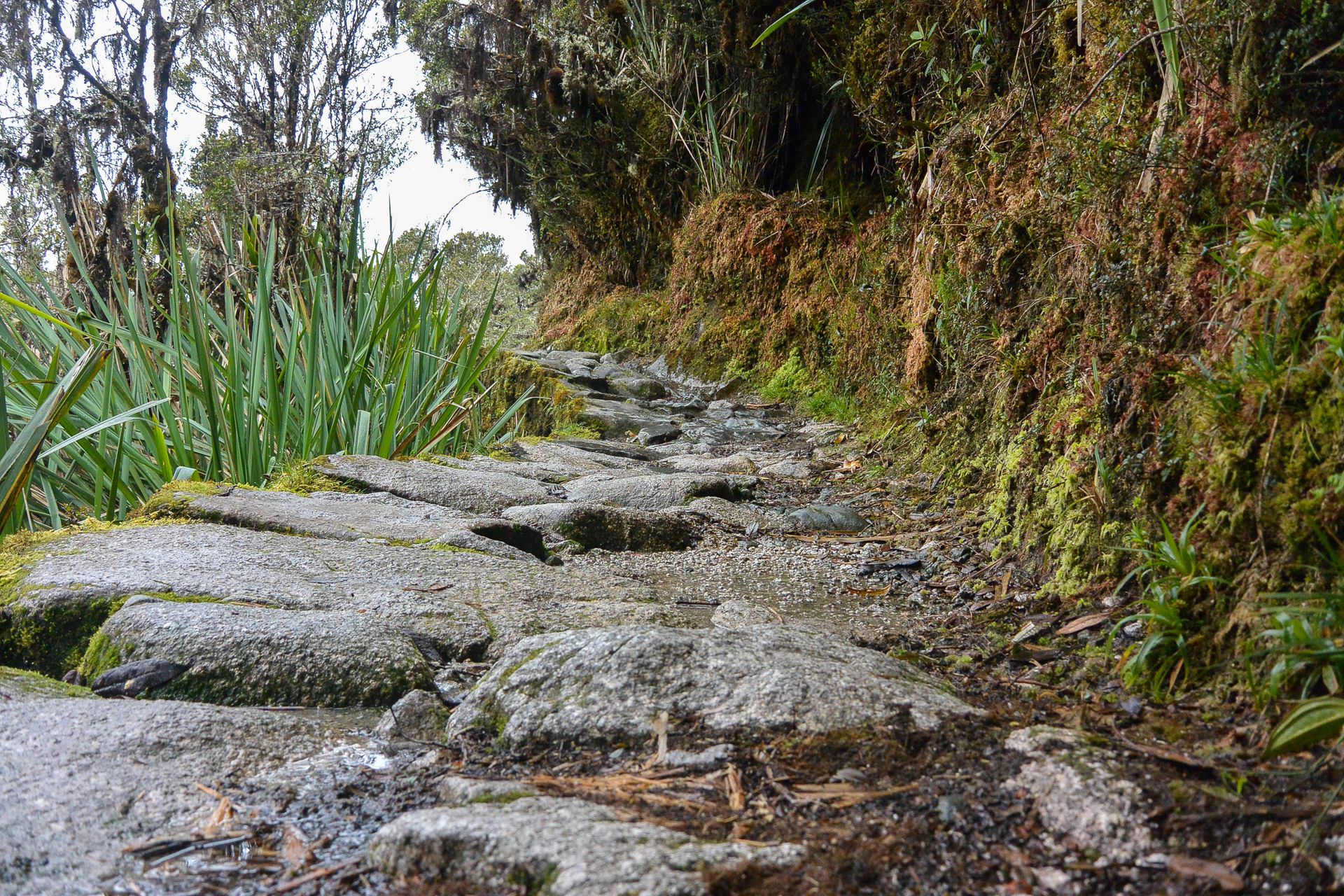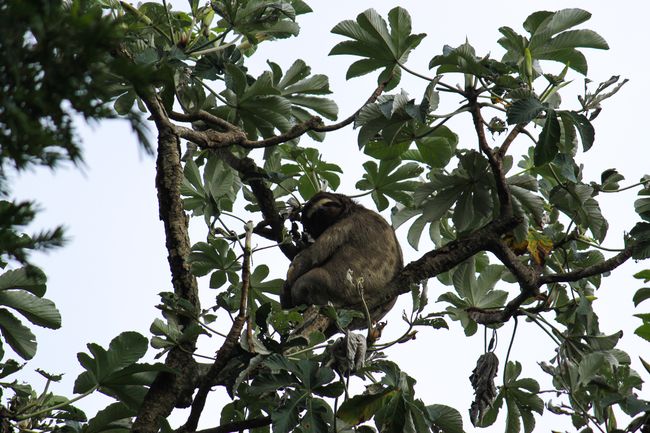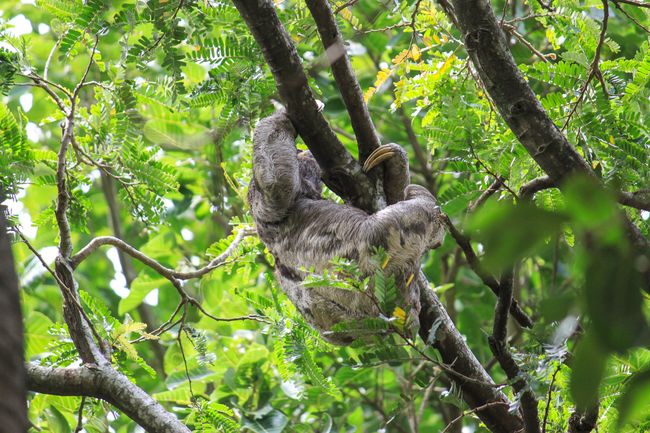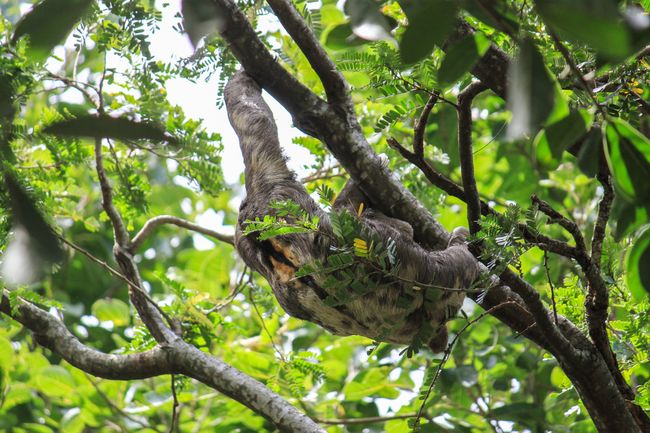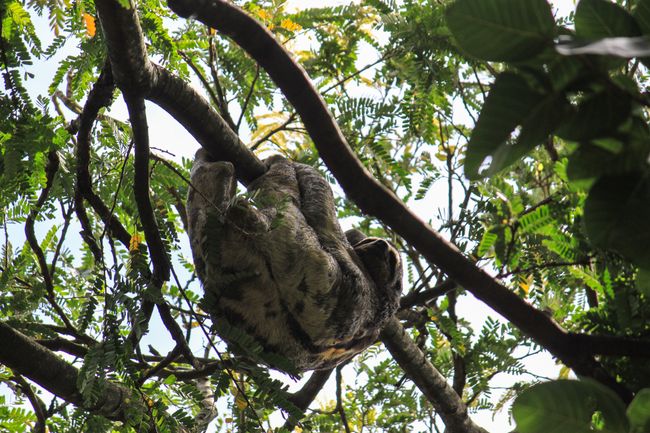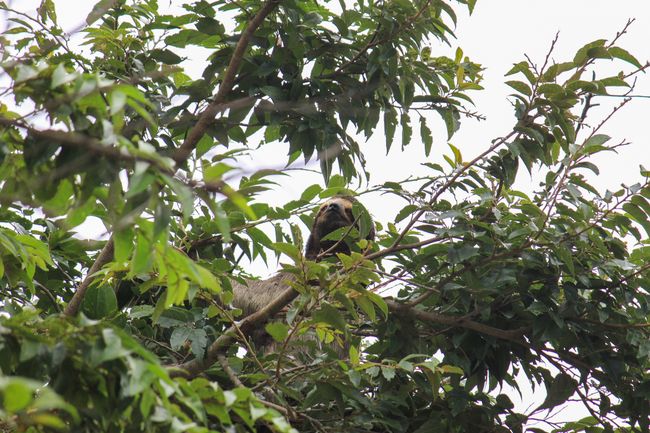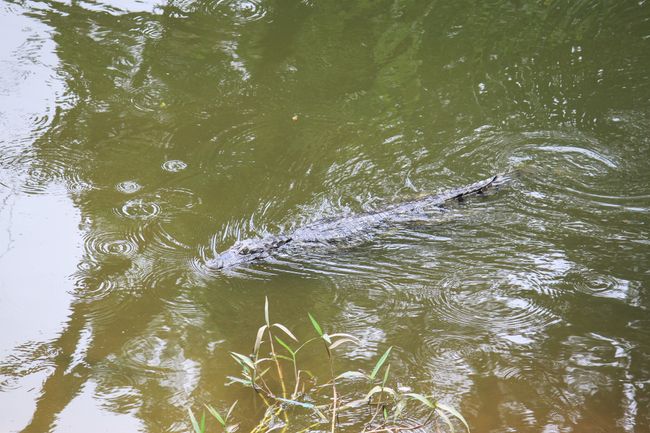Sloths in Santa Cruz de la Sierra
Publisert: 14.02.2019
Abonner på nyhetsbrev
After spending a few days at the high altitude of the Bolivian Altiplano, we have now arrived in the tropical southeast of the country. Santa Cruz de la Sierra is a booming industrial city and not particularly beautiful. There are many modern neighborhoods where a wealthier class resides.
The proximity to several national parks makes Santa Cruz attractive to tourists. Unfortunately, the offerings are currently limited due to flooding and inaccessibility in many areas. We have inquired and collected information, and we will undertake a longer tour of nature and wilderness not here, but in a few days in Trinidad.
For our short stay in the city, we have booked a half-day tour with Nick's Adventures Bolivia. The Australian owner and nature enthusiast Nick - lovingly called the Steve Irwin of the Amazon - knows the areas in Bolivia very well and is based here in Santa Cruz. We will also be traveling with his company in Trinidad - and we were fortunate to spend a morning with him searching for sloths in the area.
Although it is somewhat challenging during the cooler rainy season, we were able to spot five individuals. Specifically, he discovered three, Seraina discovered two, and unfortunately Mathias didn't find any and holds the last place on the leaderboard. We discovered most of the sloths in the botanical garden just outside the city. Only the first section is effectively maintained and has good paths - further back in the park, you are practically in the rainforest and will get wet feet accordingly. But that doesn't matter - as long as you spot the animals you are looking for. They mostly hung motionless more or less high in the trees - but also looked down curiously from time to time. In addition, we discovered various other smaller and larger forest dwellers - including some interesting insects, including stick insects, and a larger caiman in the pond.
Unfortunately, sloths here are facing a similar situation as koalas in Australia and many other wild animals. Their habitat is rapidly disappearing - forests are being cleared for new neighborhoods or soy plantations - and so are the forest inhabitants. In a few years, there will hardly be any sloths left here, so we are happy that we were still able to see some and are willing to pay for a tour with a professional guide who also tries to help the animals.
For the next three days, we will now drive to Samaipata, a three-hour drive away, and presumably search for condors. After that, we will continue to Trinidad, where we have booked a three-day jungle tour. They say there are jaguars, anteaters, and tapirs there. We are excited and will be satisfied if we encounter one of the three mentioned.
Abonner på nyhetsbrev
Svar

Reiserapporter Bolivia
